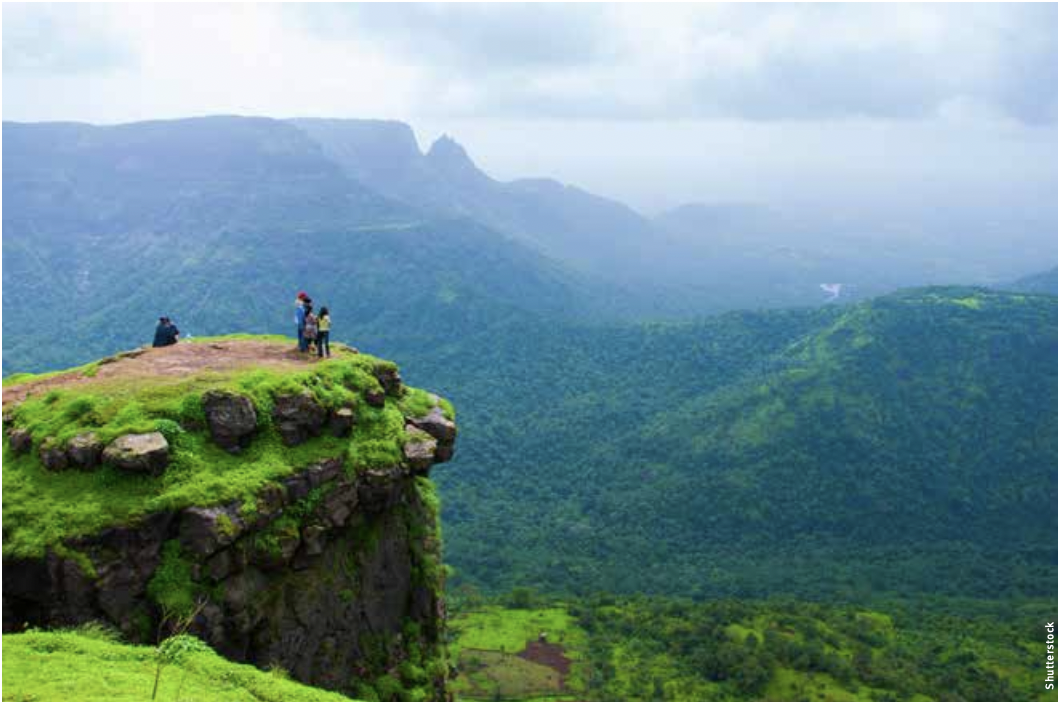TAJ MAHAL Uttar Pradesh, Agra
The Taj Mahal is located on the right bank of the Yamuna River, in a vast Mughal garden that encompasses nearly 17 hectares in Agra, Uttar Pradesh. It was built by Mughal Emperor Shah Jahan in memory of his wife Mumtaz Mahal.
Its construction began in 1632 AD and was completed in 1648 AD. The mosque, the guest house and the main gateway on the south, the outer courtyard and its cloisters were added subsequently and completed in 1653 AD.
For its construction, masons, stone- cutters, carvers, painters, calligraphers, dome builders and other artisans were requisitioned from the whole of the empire and also from the Central Asia and Iran. Ustad-Ahmad Lahori was the main architect of the Taj Mahal.
The existence of several historical and Quranic inscriptions in Arabic script have facilitated the understanding of the arrangement of events in the history of the Taj Mahal.
EXPEDITION
INFORMATION
HOW TO GET THERE
Indira Gandhi International Airport in Delhi is the closest international airport to Agra, where the Taj Mahal is located. From Delhi, hop on a train for the 4–5-hour journey to Agra, and then a rickshaw to the Taj.
WHEN TO GO
While temperatures are most pleasant from October to March, this is the busiest season, and also the worst period for smog. The monsoon season, June to September, sees the smallest crowds, while April and May will be swelteringly hot, making only morning visits palatable. Note that the Taj Mahal is closed on Fridays.
WHERE TO STAY
The ITC Mughal in Agra (www.itchotels.com) is opulence at its finest, with beautiful gardens, lavish rooms, and top- class spa facilities. For something a little less decadent, check out the Taj Hotel (www.tajhotels.com), a comfortable, modern hotel
with an infinity pool overlooking the Taj Mahal.

WESTERN GHATS
Western coast of India, from Gujarat in the north to Tamil Dadu in the south
Older than the Himalaya mountains, the mountain chain that runs along the west coast of India has geomorphic features of immense importance and is home to unique biophysical and ecological processes. The site’s high altitude montane forest ecosystems influence local weather patterns. Moderating the tropical climate of the region, the site presents one of the best examples of the monsoon system on
the planet.
It also has an exceptionally high level of biological diversity and endemism and is recognised as one of the world’s eight places with the highest biological diversity. The forests of the site are among the best non-equatorial tropical evergreen forests worldwide and are home to at least 325 globally threatened flora and fauna species.
EXPEDITION
INFORMATION
HOW TO GET THERE
The popular starting points for the Western Ghats are Kochi in Kerala and Coimbatore in Tamil Nadu, and both cities are well connected to other parts of India and the region.
WHEN TO GO
Avoid the Southwest Monsoon from July to September,
and travel after October, when you’ll be treated to cool hill walks and manageably warm days in the national parks. By December, hill towns like Munnar can be chilly (below 10°C).
WHERE TO STAY
The Savoy in Ooty (www.seleqtionshotels.com/en-in/savoy), 80km from Coimbatore, is the ultimate colonial-era heritage hotel, complete with high teas and croquêt on the lawns. About 100km from Kochi, in Munnar, is Tea County (www.ktdc.com/tea_county), a premium hill resort with access to tea plantations, beautiful forest walks, and wildlife-filled national parks.
By Asian Geographic Magazine
For more stories from this issue, get a copy of Asian Geographic No.156 or subscribe at https://shop.asiangeo.com